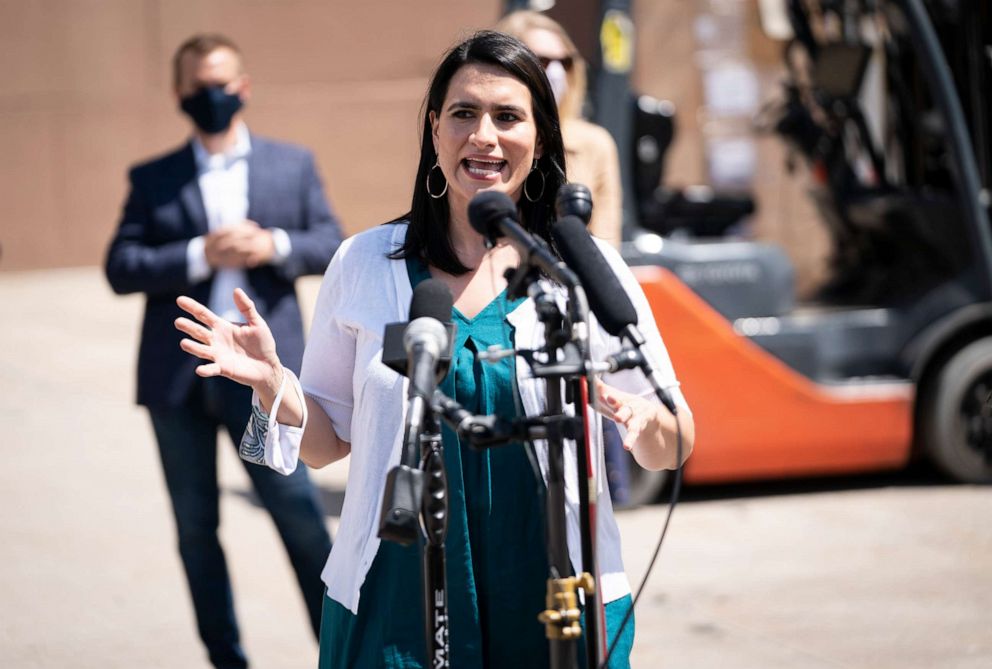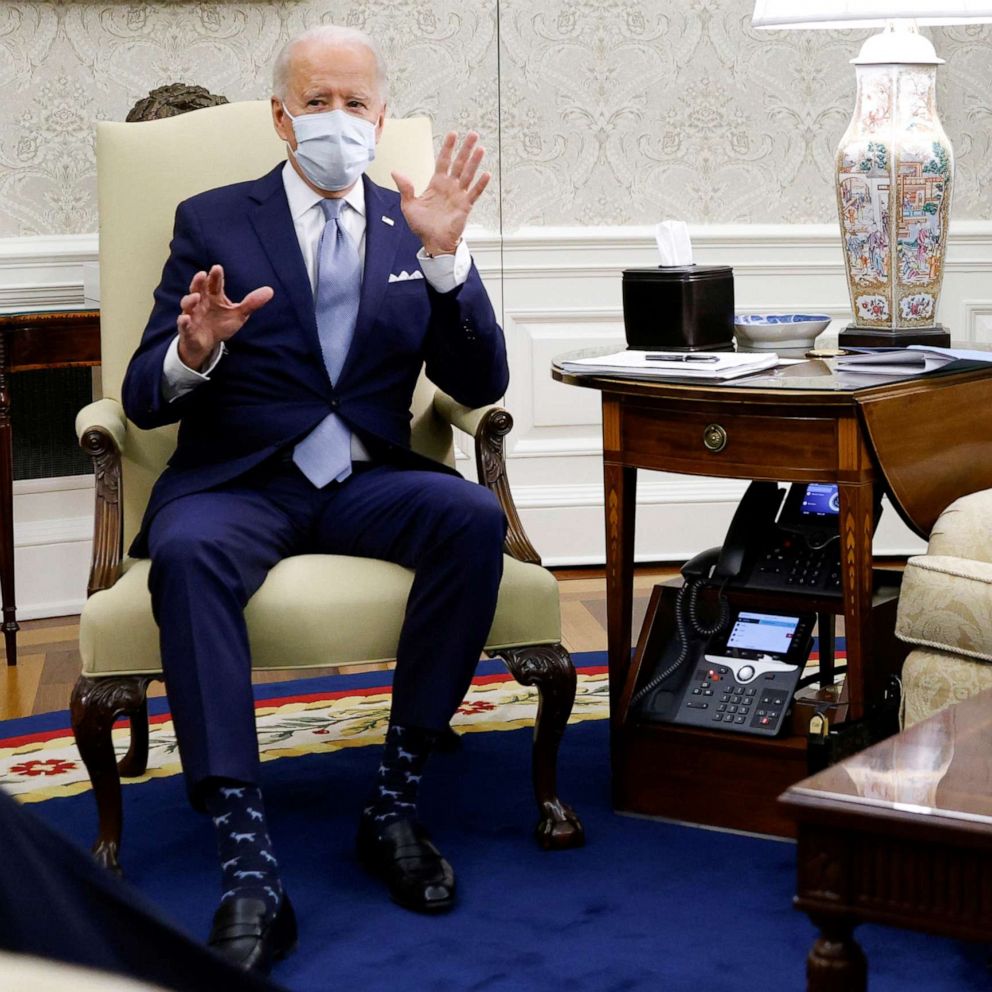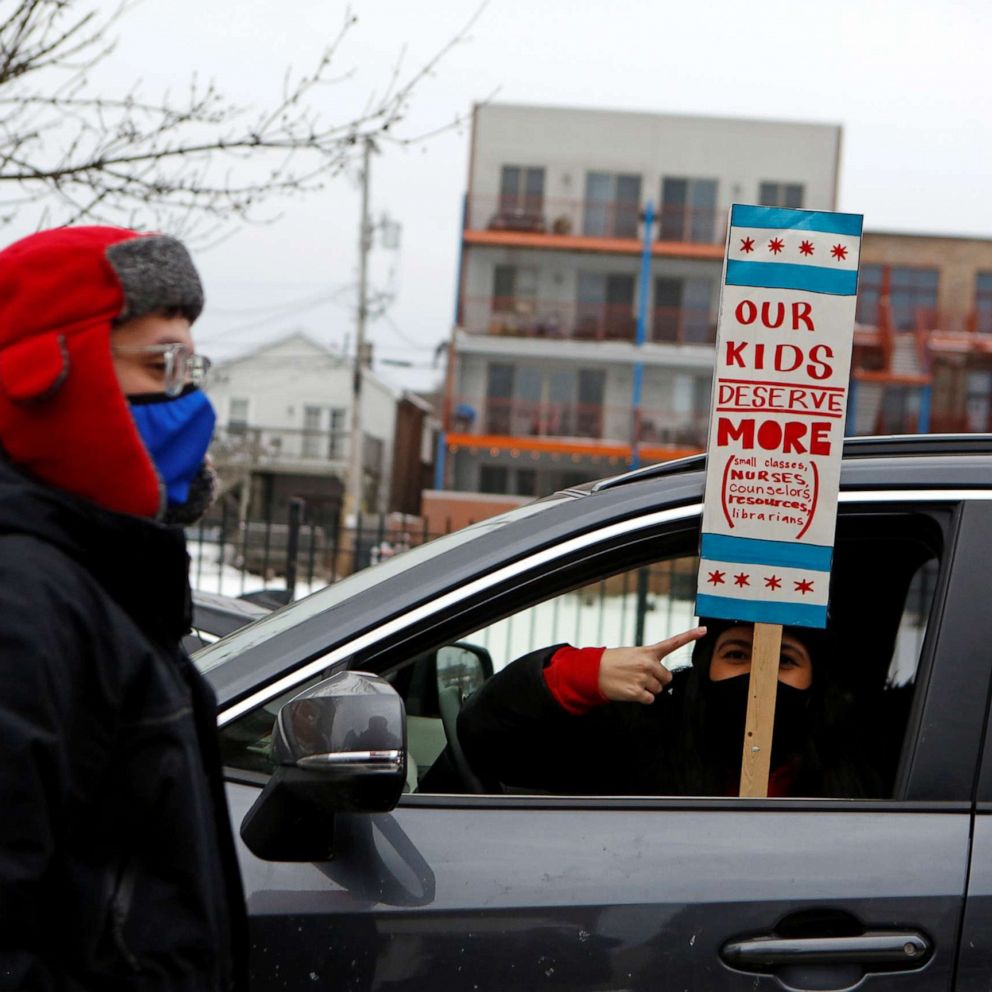After slow start, Minnesota governor rolls out plan to 'jumpstart' COVID vaccinations for seniors
Minnesota is ranked 21st by the CDC for vaccine distribution.
The governor of Minnesota rolled out a plan on Monday intended to "jumpstart" the state's COVID-19 vaccination program with an emphasis on getting people over the age of 65 inoculated.
Gov. Tim Walz said his state will ramp up vaccinations through an "all-of-the-above" approach that will enable vulnerable seniors to get the shot from their local health care providers or by going to 100 clinics and several permanent large-scale vaccination distribution sites.
"We have long planned for most Minnesotans to get vaccinated in the places they are used to getting their health care -- places like smaller clinics, local hospitals, and community pharmacies," Walz said in a statement released Monday. “But not everyone has a doctor or pharmacy they’re familiar with. That’s why we’ve built up a reliable network of different ways Minnesotans will be able to access the vaccine. After careful planning, we’re now activating that network to give Minnesotans options close to home.”
Following a slow start on getting the vaccine into arms, Minnesota is now 21st in the nation for total COVID-19 vaccine doses administered per 100,000 people, according to the Centers for Disease Control and Prevention.

Walz said 35,000 doses of the Moderna and Pfizer vaccines the state expects to receive on Monday will be earmarked to people 65 and older.
"We still need more supply, but we have to work quickly with what we do have and be ready when the federal government ramps up to meet the demand," Walz said. "Today we’re expanding locations offering the vaccine and helping connect our seniors to shots where they live, so we can get to work crushing COVID-19 across Minnesota."
As of Sunday, more than 418,000 Minnesotans, including health care workers and first responders, had received at least their first dose. Among those, more than 111,000 had completed the two-dose schedule, according to the state health department. The vaccines are considered 95% effective in preventing the virus that has killed more than 441,000 people in the United States and infected more than 26 million.
The most recent data from Minnesota indicates that new infections and deaths in the state have dramatically declined over the past two weeks. New cases have dropped 34%, deaths are down 45% and new hospitalizations have fallen 26%, according to the health department.
Walz attributed the declines to the 10 pilot mass vaccination sites opened across the state two weeks ago, increased testing and citizens adhering to mask wearing and social distancing.
Starting this week, the pop-up mass vaccination sites will be scaled back and only take people scheduled for their second shot, officials said. But two permanent large-scale vaccination sites in Minneapolis and Duluth are scheduled to open this week and a yet-to-be-determined location in southern Minnesota will be opened next week.
The large-scale vaccination sites will cater to Minnesotans 65 and older as well as educators and staff at schools and childcare professionals, officials said.
Officials said in a statement Monday that the pilot program was "intended to test the concept of community vaccination clinics and to identify best practices for registering patients, administering shots, and distributing vaccine around the state."
"These permanent sites will build on the lessons learned and expand access to the vaccine on a more sustainable basis," the statement said.

Minnesota Lt. Gov. Peggy Flanagan said the state is also launching an online vaccine locator map on Monday to connect residents to vaccination opportunities in their areas.
"Our seniors have seen the worst of COVID, and it's absolutely vital we get them the shots they need to stay healthy and safe," Flanagan said in a statement. “Today we’re putting vaccines directly in their communities and helping them find where they can get their shot. We need to ensure we’re protecting those most vulnerable to severe illness, and we’re directing healthcare providers to make that happen.”
What to know about the coronavirus:
- How it started and how to protect yourself: Coronavirus explained
- What to do if you have symptoms: Coronavirus symptoms
- Tracking the spread in the U.S. and worldwide: Coronavirus map







